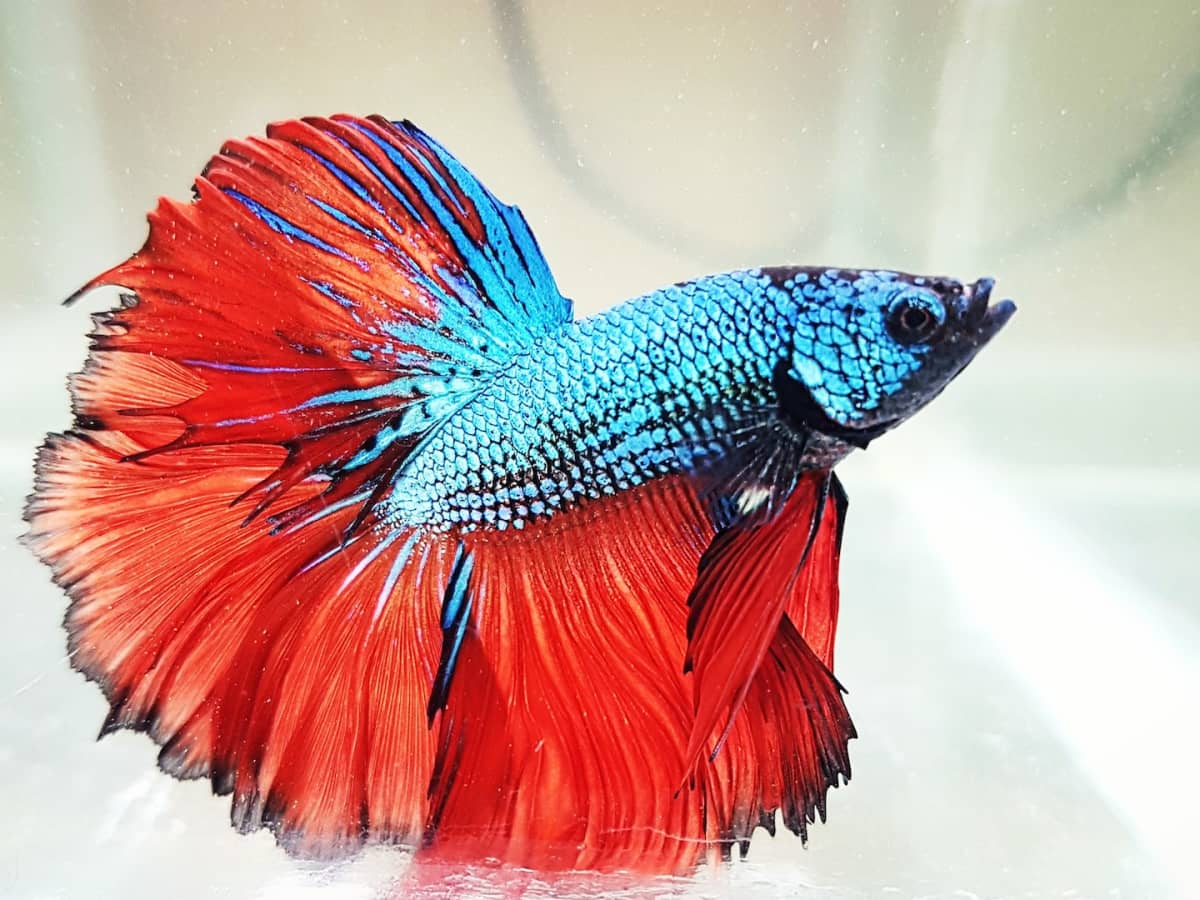Just how to Produce the Perfect Betta Fish Environment in your home
Just how to Produce the Perfect Betta Fish Environment in your home
Blog Article
Just How to Breed Betta Fish Successfully: Specialist Methods and Insights for Hobbyists Looking to Increase Their Betta Collection
Breeding Betta fish requires a nuanced understanding of genes and environmental conditions, making it crucial for hobbyists to approach the process with both persistance and care. Developing an ideal breeding atmosphere, selecting the ideal pairs, and observing the details of their courtship habits are foundational steps that can dramatically affect the end result. Additionally, the succeeding care of the fry is critical for ensuring their healthy and balanced advancement. As we discover these crucial parts, it becomes clear that effective breeding is not practically the initial pairing however encompasses a wider strategy that qualities careful factor to consider.
Understanding Betta Fish Genetics
Comprehending the genetics of Betta fish is important for successful breeding, as it affects attributes such as shade, fin form, and habits. Betta fish display a diverse array of colors and patterns, mainly determined by their hereditary makeup.
Along with coloration, fin morphology is an additional substantial element of Betta genetics (betta fish). The shape and dimension of fins are affected by various genes, consisting of those that identify whether the fins are brief, long, or veil-shaped. Recognizing these genetic variations helps dog breeders anticipate the phenotypic outcomes of their offspring
In addition, behavior characteristics such as aggressiveness and territoriality can likewise be influenced by genes. These habits play an important role in the reproducing process, as they can influence spawning success and the overall personality of the resulting fry. By thoroughly recognizing these genetic concepts, breeders can make enlightened decisions, inevitably improving their breeding programs and accomplishing desirable outcomes.
Preparing the Breeding Atmosphere
Producing an optimum breeding atmosphere is essential for the successful reproduction of Betta fish. The initial action in preparing this environment is to choose an ideal breeding storage tank, preferably varying from 5 to 10 gallons.
Following, consider using a sponge filter or an air rock to give gentle water circulation without producing solid currents that can emphasize the fish. It is vital to set up plants or reproducing cones to use hiding areas and advertise convenience for the lady throughout the spawning procedure. Floating plants, such as Java moss or water sprite, can also create a much more natural surroundings while facilitating bubble nest building by the man.
Before introducing the breeding pairs, guarantee the water is conditioned and devoid of unsafe chemicals, such as chlorine or hefty steels. betta fish. Normal water changes should be a fantastic read conducted to maintain optimum water top quality, boosting the opportunities of effective reproduction. With these prep work in position, the breeding environment will sustain the wellness and health of both Betta fish
Picking Reproduction Pairs
Selecting the right reproduction pairs is critical for achieving successful Betta fish reproduction. Healthy Betta fish show vivid colors, clear eyes, and energetic habits.
Temperament is an additional essential factor to consider, as Betta fish are understood for their aggressive nature. It is suggested to choose a man and female that display compatible personalities to reduce stress throughout the reproducing procedure. A calm man can encourage a smoother courtship, while a lady that is too hostile might interfere with the process.
Hereditary background also plays a substantial function in the top quality of the offspring. Reproducing fish that are genetically diverse can minimize the threat of genetic health concerns and enhance the general vitality of the fry. It is helpful to research the lineage of both the man and female, concentrating on preferable traits such as fin type, shade patterns, and dimension.
The Reproduction Refine
The reproduction process of Betta fish needs mindful planning and attention to detail to make certain a successful result. Originally, it is vital to prepare an appropriate reproduction tank, ideally a 5-10 gallon fish tank with a temperature level kept at 78-80 ° F. The tank ought to be furnished with a heating system, filter (preferably sponge type to avoid strong currents), and plenty of water plants for the woman to hide.
When the atmosphere is established, present the chosen reproducing pair to the container, permitting them to adapt. Observe their behavior; the male will certainly display elaborate courtship rituals, including flaring his fins and building a bubble nest. If the female reveals passion, she will certainly present upright red stripes suggesting preparedness for spawning.
When the woman is receptive, the set will certainly engage in a breeding welcome, during which the male fertilizes the eggs. Keeping ideal water conditions throughout this period is important for the growth of healthy and balanced Betta fry.
Caring for Betta Fry

Feeding Betta fry is important, as they call for a diet regimen high in protein. They can be fed infusoria or fluid fry food, transitioning to carefully smashed top quality pellets as they grow. Feed little sections numerous times a day to encourage healthy and balanced development without overloading the storage tank with leftover food.

As they develop, check their growth carefully and separate any type of aggressive individuals to avoid harm. By providing a nurturing atmosphere and proper nourishment, hobbyists can successfully increase Betta fry into lively, healthy fish, ultimately enhancing their reproduction ventures.
Final Thought
Successful Betta fish breeding requires careful focus to genetic selection, ecological problems, and care for the fry. By comprehending the genetics of Betta fish and preparing a suitable reproduction atmosphere, hobbyists can improve the opportunities of generating lively, healthy and balanced offspring.
Report this page